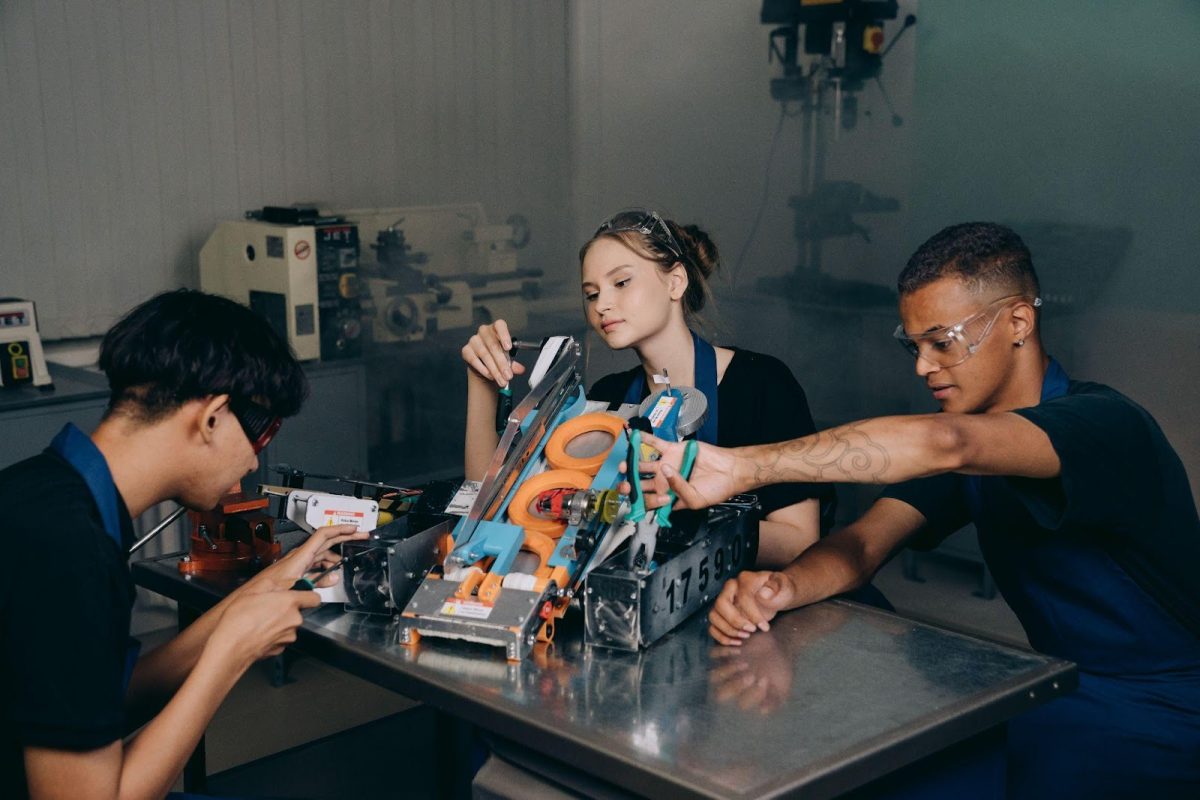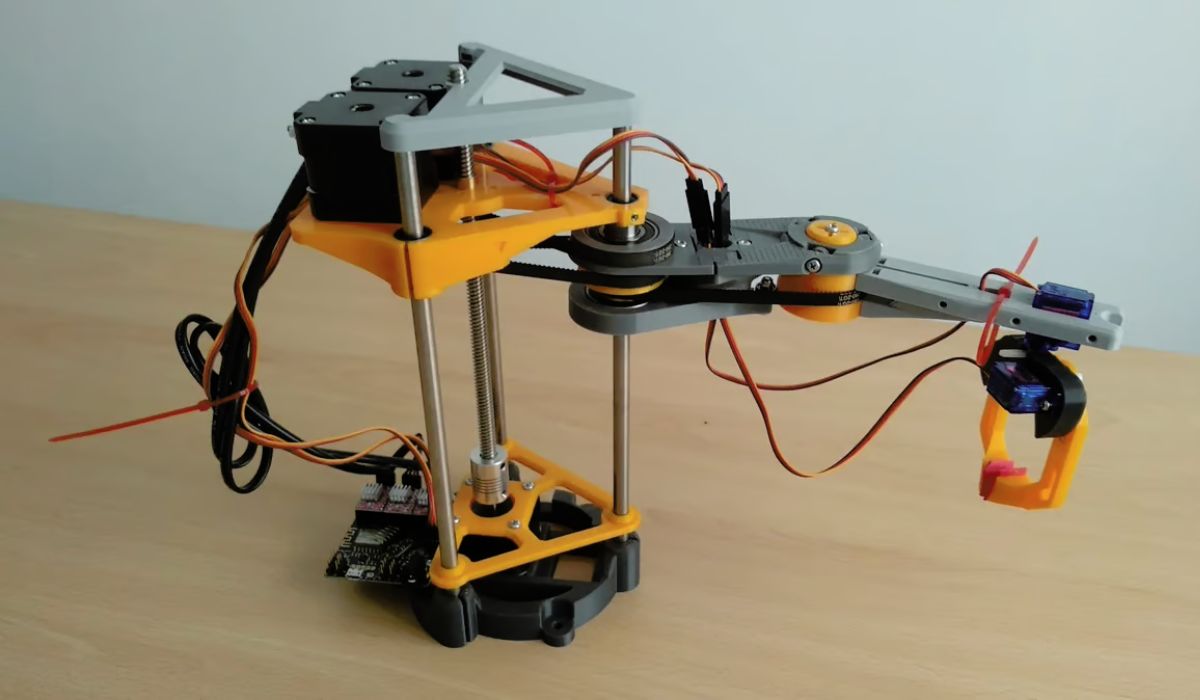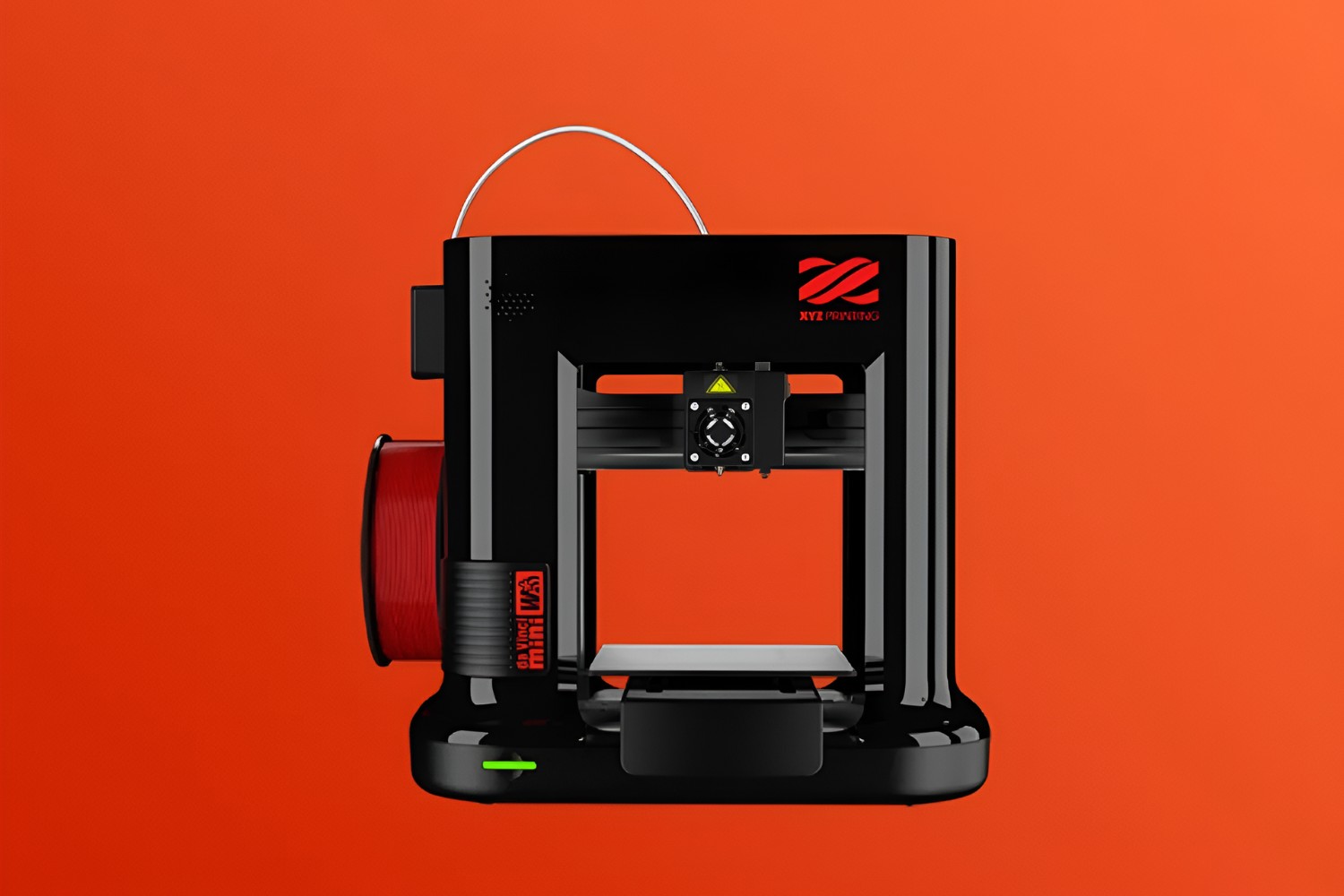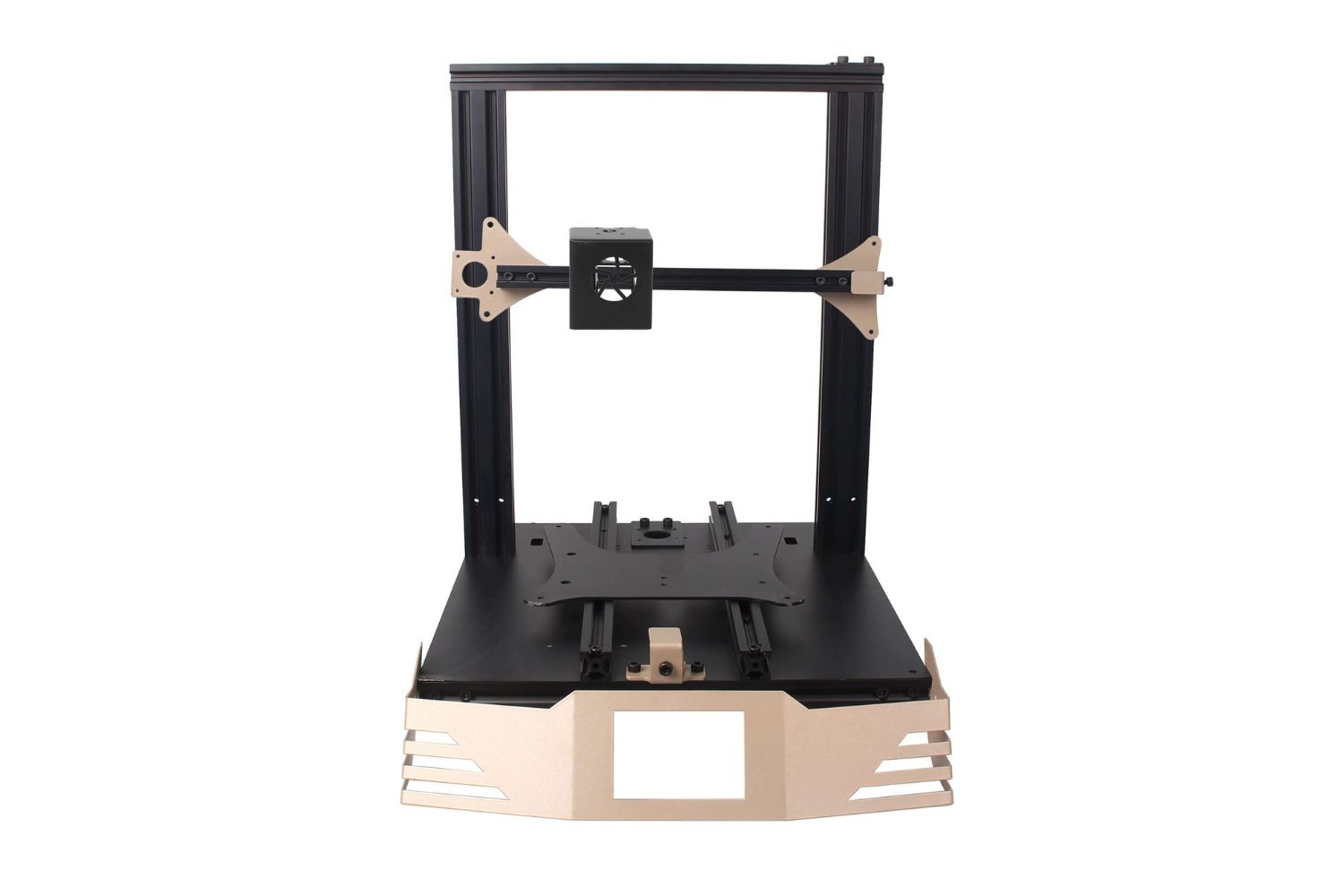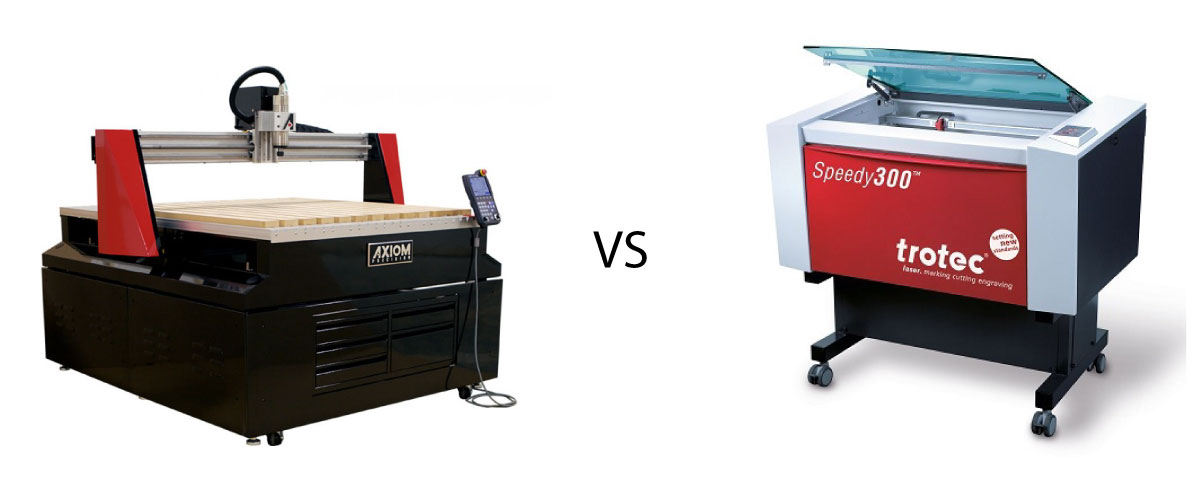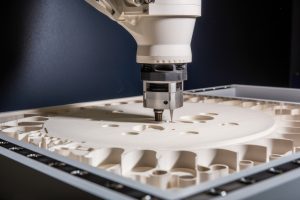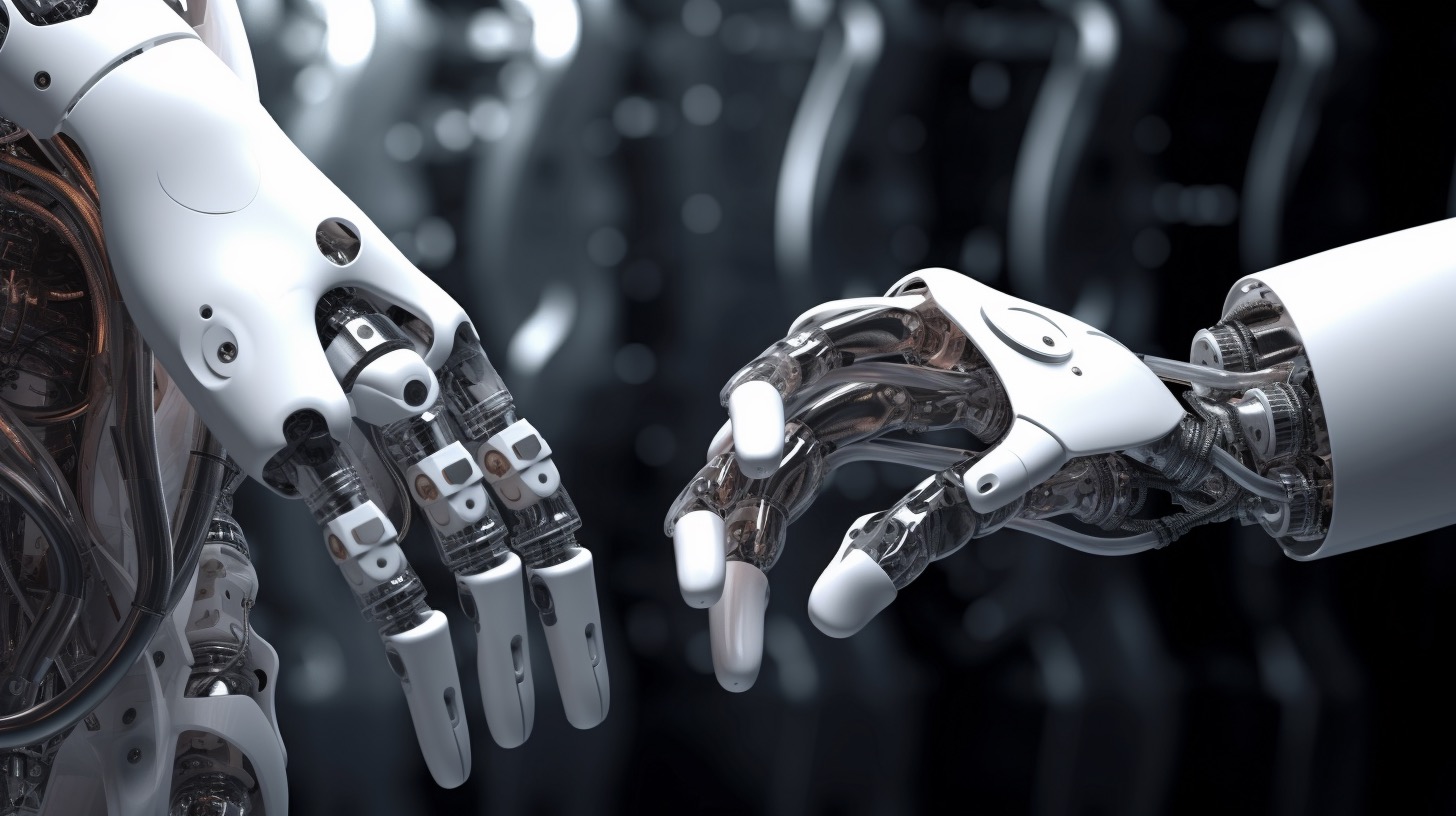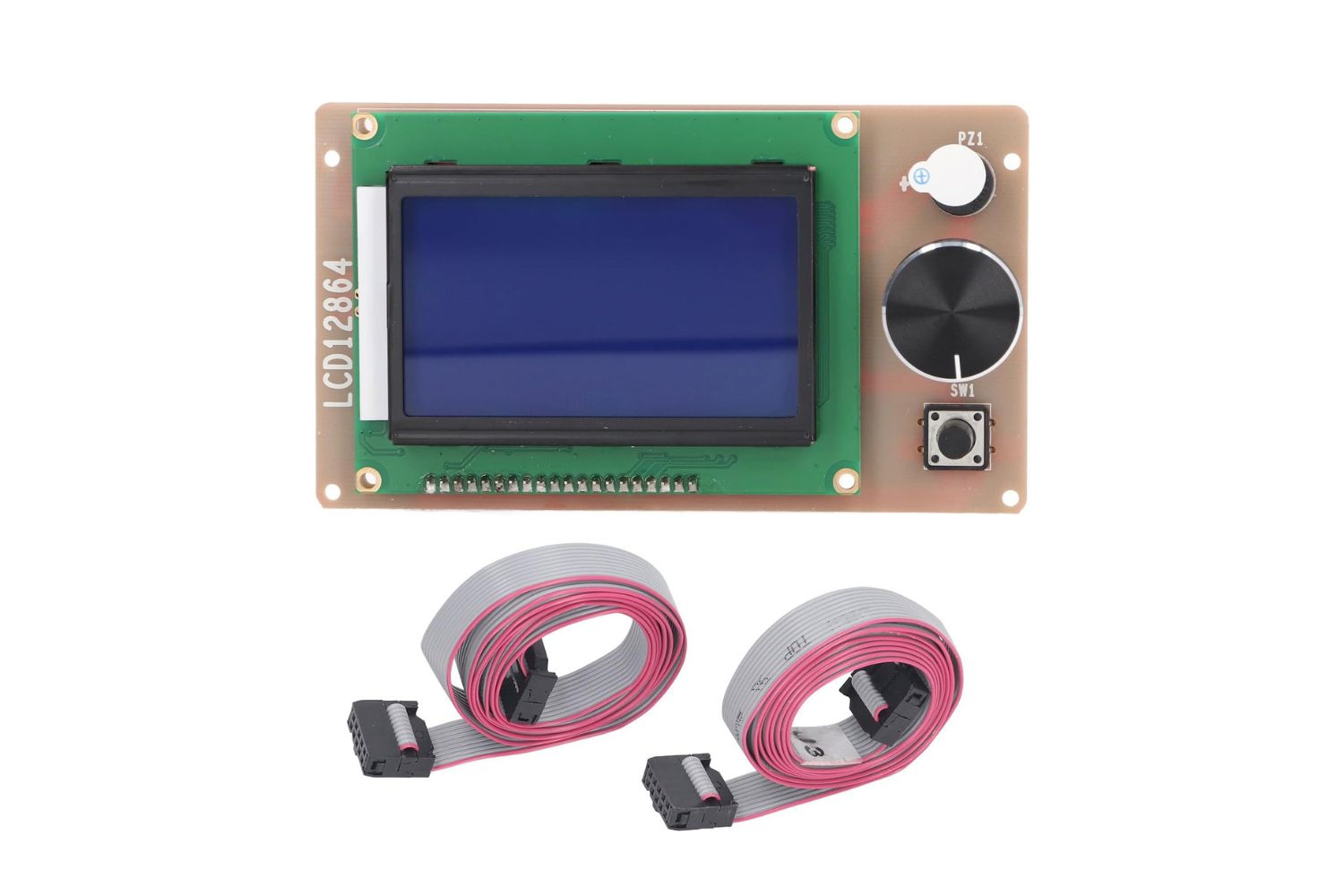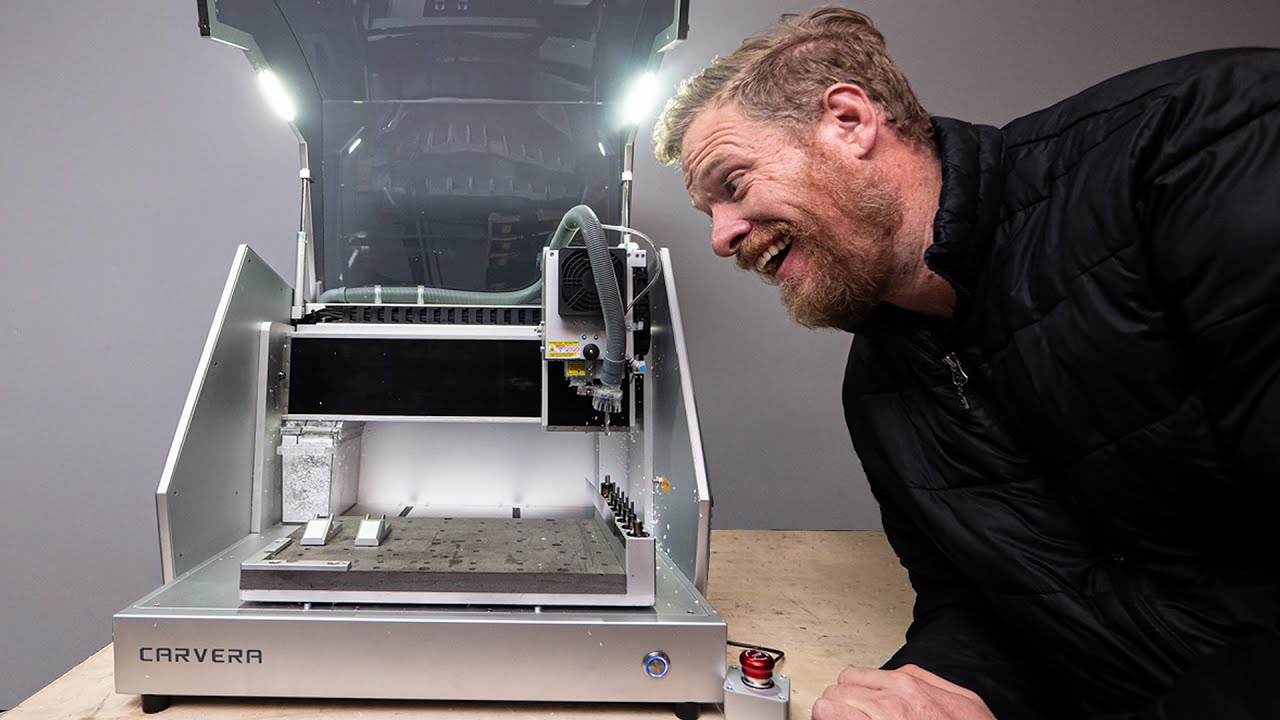In the world of manufacturing, the synergy between robotics and CNC machining has ushered in a new era of precision, efficiency, and scalability. Particularly in large part production, the marriage of these two technologies has revolutionized the way industries operate. With the growing demand for tailored solutions, custom CNC machining has become more significant than ever.
But what exactly is the role of robotics in this context? This article delves into how robotics is enhancing custom CNC machining, reshaping the landscape of large part production, and setting the gold standard for modern manufacturing processes.
Precision and Automation
With its computer-controlled machinery, CNC machining provides unmatched precision and repeatability. This precision is increased to entirely new levels when combined with robotics. Robots may be trained to carry out complex operations with micron-level accuracy, guaranteeing consistent quality throughout long production runs for massive parts.
Maintaining precision is even more important in large-part manufacturing when component sizes might vary greatly. Robots can handle large parts with the same accuracy as smaller ones, guaranteeing consistency throughout. The combination of CNC machining with robotics is a game-changer for the manufacture of massive parts since it eliminates human error and allows for the most precise execution of complex processes.
Enhanced Productivity and Efficiency
Robotics and CNC machining together or CNC robotics, significantly increase production and efficiency. Large parts used to be produced through a number of manual interventions, each of which carried the risk of mistakes, delays, and longer manufacturing periods. Robots can work nonstop without getting tired, allowing production processes to continue unhindered.
Robots can also complete jobs quite quickly. Operations that could take humans hours to accomplish can be finished in a matter of minutes. With this accelerated speed, producers are better equipped to meet deadlines that are more stringent, adjust to changing customer needs, and react quickly to changes in the market.
Flexibility and Complexity
Complex machining procedures and sophisticated geometries are frequently used in the fabrication of large parts. These intricacies may be difficult for traditional methods to produce consistently and accurately. Robotics incorporated into CNC machining can handle even the most complex tasks, including multi-axis operations and complicated cuts.
Additionally, the adaptability of robotic systems makes it simple to meet various manufacturing needs. To be able to significantly cut down on setup and reconfiguration periods, the same robotic system can be configured to work on a variety of parts. Industries with wide product portfolios benefit most from this adaptability since it allows them to stay flexible and nimble in a cutthroat market.
Reduced Human Intervention and Safety
Production of large parts can be difficult in terms of ergonomics and operator safety. Heavy lifting, exposure to dangerous substances, or repeated motions that might result in injuries over time may all be part of some tasks. Manufacturers can greatly reduce the requirement for human intervention in physically demanding or potentially dangerous jobs by introducing robotics.
Robots do well in conditions that would be hostile to humans, such as sweltering heat or poisonous atmospheres. This boosts overall working conditions and increases safety, making the production process more appealing to experienced workers.
Economical and Scalable Solutions
Contrary to popular belief, incorporating robotics into CNC machining for the manufacturing of big parts can be profitable. The long-term advantages far outweigh the expenditures, even if the initial investment may be larger than with conventional techniques. In the long run, there are significant cost savings as a result of the increased productivity, precision, and reduced scrap rates.
Robotic systems can be scaled, too. Manufacturers can increase the number of robotic units in their setup as production demands rise, thereby increasing capacity without making significant changes to existing infrastructure. The combination of CNC machining with robotics is scalable, making it a flexible solution that can change to meet a company’s demands.
Data-Driven Insights and Quality Control
Data insights are being used to drive modern production. In CNC machining, robotic systems produce a plethora of data that may be examined to further optimize procedures. Manufacturers can pinpoint bottlenecks, optimize processes, and take reasoned decisions to increase overall efficiency thanks to these insights.
Robotics also helps to ensure strict quality control. Robots ensure that every part meets the required requirements by repeating jobs with extreme precision. The elimination of lengthy post-production inspections and rework due to consistency in quality saves time and money.
Conclusion
The incorporation of robotics into CNC machining has resulted in a paradigm shift in the field of large component production, where precision, efficiency, and scalability are crucial. Some of the disruptive advantages that this synergy offers include automation, precision, increased efficiency, handling complexity, decreased human interaction, and data-driven insights.
The long-term benefits of lower prices, higher quality products, and increased production capacity are undeniable, although the initial cost raises some doubts about Exactly how scalability will revolutionize large-scale manufacturing in the future, and using robots in CNC machines to manufacture large-scale parts means more than just that technological advancement as industries evolve This blend of automation and precision an implementation can have a significant impact on production.
Even though the initial cost raises some doubts about the long-term benefits, lower prices, better products, and increased production capacity are undeniable. Large-scale manufacturing will be revolutionized by scalability in the future, and using robots in CNC machines to manufacture large-scale parts means more than just technological advancement as industries evolve. Automation and precision can have a significant impact on production when they are combined.







